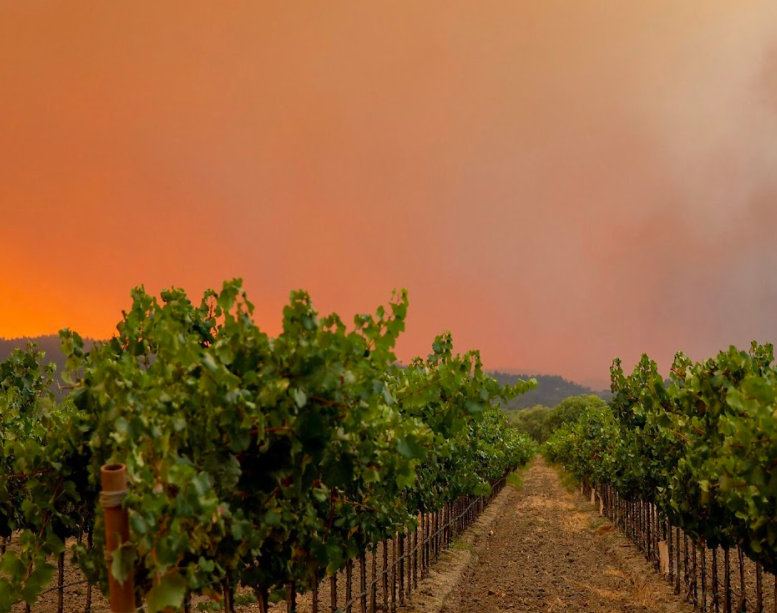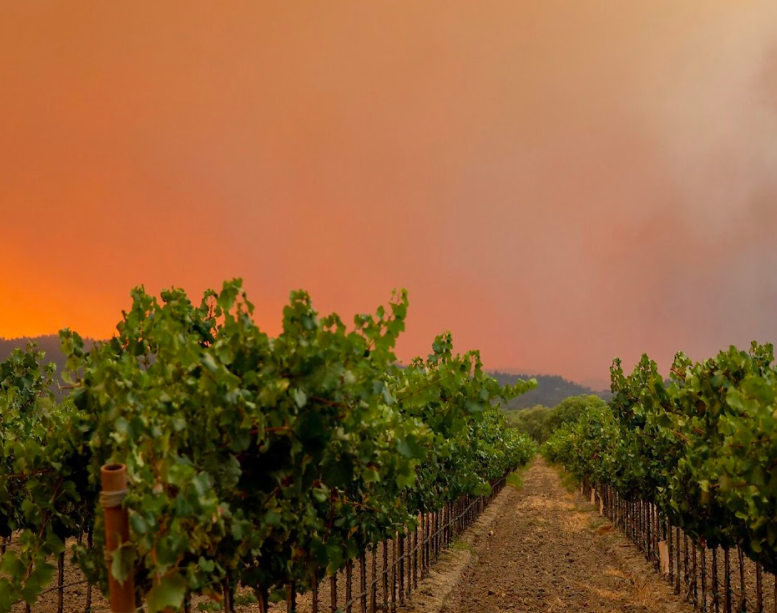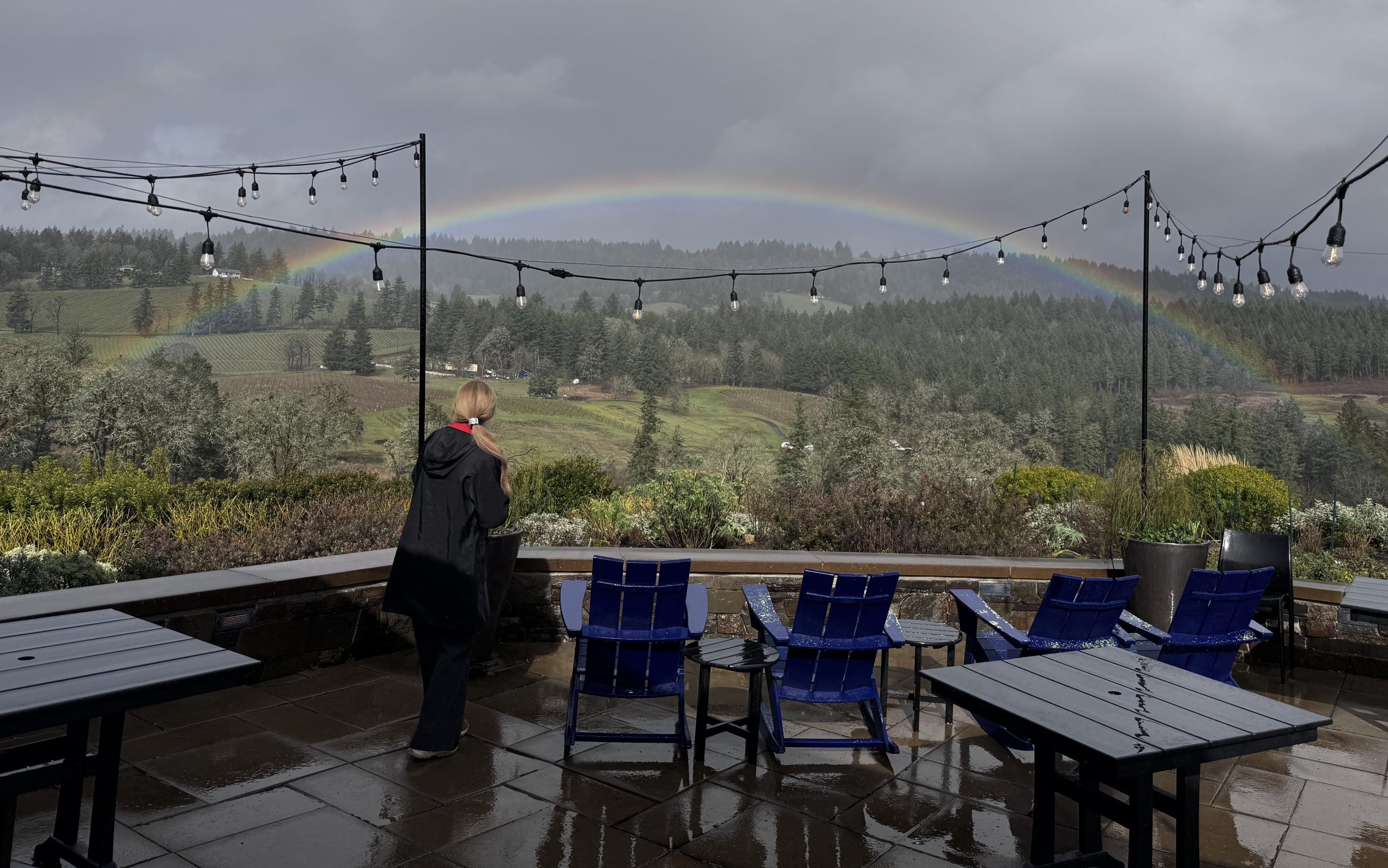
Climate change comes in many guises: floods, drought, monsoons, polar vortexes, atmospheric rivers, wildfires. Temperatures soar or drop way above their “normal” or average ranges since records have been kept over the last 100-200 years. Prior to modern record keeping scientists relied on archeological, or literary evidence to give us clues as to how long winters lasted during the Middle Ages or how often a forest burned.
I won’t debate climate change here, but what we do know is that the fires of 2020 in Oregon (and every year since 2016 in CA) were very damaging to the wine industry. I hope we can agree that wildfires in the Pacific Northwest have increased and are expected to continue to be an issue for the foreseeable future. From vineyards and wineries burning to the ground to smoke taint ruining grapes on the vine, wildfires are an all around menace to those of us who make a living in the wine industry.
So what is a vintner to do if smoke or fire affects their crops? There are many options I have learned with surprise and fascination! Necessity is the mother of invention (though I would add disaster as well). Here is what I have learned from several wineries who faced this challenge in 2020:
Durant Vineyards: We tasted there a couple of weeks ago and enjoyed their Dundee Hills White Pinot Noir 2020! Wait, you say, isn’t this just another way of saying Pinot Blanc or Rosé of Pinot Noir? Yes and No. The Pinot grape comes in 3 versions (more when you add in the clones): Noir, Blanc and Gris. They make distinctly different wines:
- Noir is the one we all know and love. It is a medium to full-bodied red wine in the style of Burgundy, the leading grape of the Willamette Valley.
- Blanc is a true white wine akin to Sauvignon Blanc or Chardonnay. It is white/green on the vine grape which makes a white wine.
- Gris (gray in French aka Pinot Grigio in Italian) is a pale grayish/pink grape which makes a lightly colored pinkish wine closer in flavor to a white wine than a true rosé (which comes from red grapes).
Back to White Pinot Noir: this pale yellow wine looks like a true white wine, but tastes much more full bodied like a Pinot Noir though it has no red/rose color. How and why? Durant’s 2020 crop was affected by smoke, which absorbs into the skin but not the juice. Rather than dump or sell their smoky grapes, they crushed and spent almost no time on the skins, extracting the flavorful Pinot Noir juice (all grape juice is white/yellow), but leaving behind the color and the smoke taint from the skins!
Voila! a wine devoid of smoke but much more flavorful than your average white wine. Bravo Durant for making lemonade out of lemons!
Domaine Serene: We tasted here last week and questioned Alex about their 2020 vintage. He explained that after they crushed their 2020 grapes, the smoke taint was noticeable. So, instead of tossing or selling the crop they have applied for a distillers license! Distilling separates ethanol alcohol from water via boiling and collecting the ethanol that evaporates first. Most of the flavor compounds (including the smoky flavor) stays with the water, leaving a non-smoke tainted alcohol product which can be further flavored (think oak barrel whisky or fruit flavored vodka) and sold as a spirit instead of as a wine.





